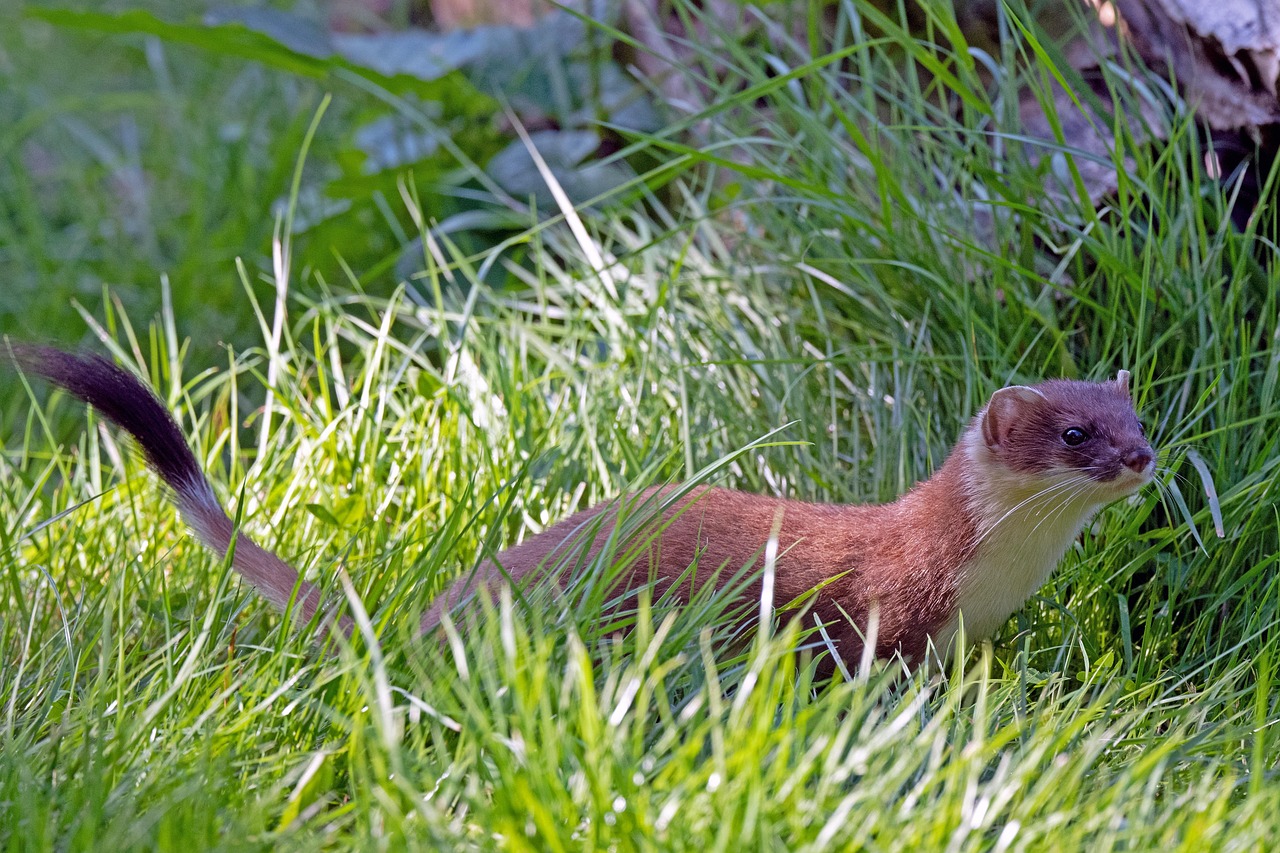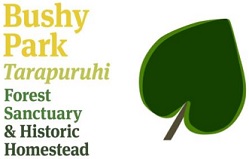 New Zealand’s unique biodiversity is under constant threat, with many native species at risk due to habitat loss, invasive species, and other environmental pressures. Protecting these species is essential to maintaining the balance of our ecosystems.
New Zealand’s unique biodiversity is under constant threat, with many native species at risk due to habitat loss, invasive species, and other environmental pressures. Protecting these species is essential to maintaining the balance of our ecosystems.
One tool aiding these efforts is the Black Trakka system. This versatile and durable monitoring tool is designed to help conservationists and community groups detect and monitor small mammals and other species. By providing reliable data, Black Trakka supports effective conservation strategies and plays a key role in protecting biodiversity.
The Importance of Monitoring At-Risk Species
New Zealand’s biodiversity is unique, housing species that exist nowhere else on the planet. However, many of these native species face threats from habitat loss, invasive predators, and environmental changes. Effective monitoring is crucial to understanding how these species are faring and identifying emerging threats early. Protecting at-risk species ensures the health and balance of our ecosystems, benefiting all forms of life that depend on them.
Understanding At-Risk Species
Some of New Zealand’s native species, such as small mammals, reptiles, and plants like Bartlett’s rātā, face significant threats from various environmental pressures. Each of these species plays a critical role in maintaining the ecosystem. For example, native plants provide essential habitat and food sources, while small mammals can indicate the health of an area’s biodiversity. Monitoring these species helps conservationists understand changes in the ecosystem and take necessary actions to preserve it.
The Impact of Species Loss
The loss of even a single species can have widespread consequences. Each species plays a role in the intricate web of an ecosystem, and its absence can disrupt the balance, leading to a chain reaction that affects other plants, animals, and even entire habitats. Understanding and mitigating these risks is essential to maintaining stable and resilient ecosystems.
The Role of Monitoring
Effective monitoring is essential for understanding the status and trends of at-risk species. By gathering data on their populations, distribution, and behaviours, conservationists can identify potential threats early and respond with appropriate measures. Monitoring also allows for the evaluation of existing conservation efforts, ensuring resources are used effectively to support biodiversity.
Introducing Black Trakka: How It Works
Black Trakka is a versatile and user-friendly tool designed to help in the detection and monitoring of certain wildlife, particularly small mammals and reptiles. It combines simplicity with effective technology, making it accessible to conservationists and community groups.
Key Features
- Non-toxic ink: Black Trakka uses a non-toxic ink that is safe for both humans and animals.
- Tracking cards: The system employs tracking cards that capture footprints and other signs, making it easy to identify the presence of small animals.
- Durability: Built to withstand harsh conditions, Black Trakka is suitable for use across various environments.
Ease of Use
Designed with simplicity in mind, Black Trakka requires minimal training, enabling even those without extensive conservation experience to use it effectively. This makes it a valuable tool for community-led conservation initiatives.
Versatility
Black Trakka is ideal for monitoring small mammals and reptiles. Its adaptability ensures it can be used in diverse conservation efforts aimed at protecting different species and ecosystems.
Case Studies: Black Trakka in Action
Black Trakka has been successfully used in various conservation projects throughout New Zealand. Here are a few examples:
 Brook Waimārama Sanctuary
Brook Waimārama Sanctuary
At the Brook Waimārama Sanctuary, Black Trakka has been used to monitor rat populations. Tracking rat activity allows conservationists to assess pest control measures and ensure the protection of native wildlife.
 Sanctuary Mountain Maungatautari
Sanctuary Mountain Maungatautari
Black Trakka helps monitor rodent populations at Sanctuary Mountain Maungatautari. This information is essential for maintaining a pest-free environment that supports the sanctuary’s biodiversity.
 Bushy Park Tarapuruhi
Bushy Park Tarapuruhi
In Bushy Park Tarapuruhi, Black Trakka has been utilised to track the Goldstripe Gecko, providing insights into its habitat preferences and distribution.
 Rotokare Sanctuary
Rotokare Sanctuary
At Rotokare Sanctuary, Black Trakka assists in monitoring rodent populations, helping to maintain a mouse-free environment that supports native species conservation.
These examples highlight how Black Trakka is used to support various conservation initiatives. Its versatility and effectiveness make it a reliable tool for monitoring and protecting New Zealand’s biodiversity.
The Broader Impact of Black Trakka on Conservation
Black Trakka’s practical approach to wildlife monitoring has had a significant impact on conservation efforts. Its adaptability and ease of use make it a valuable tool for researchers, conservationists, and community groups across New Zealand.
Key Benefits
- Data-Driven Conservation: Black Trakka delivers essential data that informs conservation strategies. By monitoring the presence and activity of various species, conservationists can identify critical areas, assess potential threats, and implement targeted measures to protect ecosystems. This data-driven method ensures that conservation efforts are precise and effective.
Examples of Species Monitored with Black Trakka:- Small Mammals: Rats, mice, hedgehogs
- Insects: The system’s pre-inked cards can detect small insects
- Lizards: Black Trakka can be used to track lizard species, as noted on the website
- Stoats: While not explicitly listed, the system can detect mustelids, which include stoats
- Community Engagement: Black Trakka is also an excellent tool for involving local communities in conservation. By encouraging participation in wildlife monitoring, conservation organisations can help foster a sense of stewardship and care for the environment. This engagement can lead to stronger community support and long-term sustainability of conservation initiatives.
- Educational Opportunities: Black Trakka provides unique educational opportunities. By participating in monitoring programs, individuals can learn more about local biodiversity and the challenges faced by native species. This hands-on approach helps inspire future conservationists and environmental advocates.
Conclusion
Black Trakka has proven to be a valuable tool for wildlife conservation, providing a practical and effective way to monitor certain species. Its adaptability, ease of use, and ability to gather essential data make it a reliable asset for researchers, conservationists, and community groups.
By monitoring species activity, identifying potential threats, and supporting informed conservation strategies, Black Trakka contributes significantly to efforts aimed at protecting New Zealand’s biodiversity. Through the continued use of such tools, we can work towards a future where at-risk species are preserved, and ecosystems remain balanced and resilient.